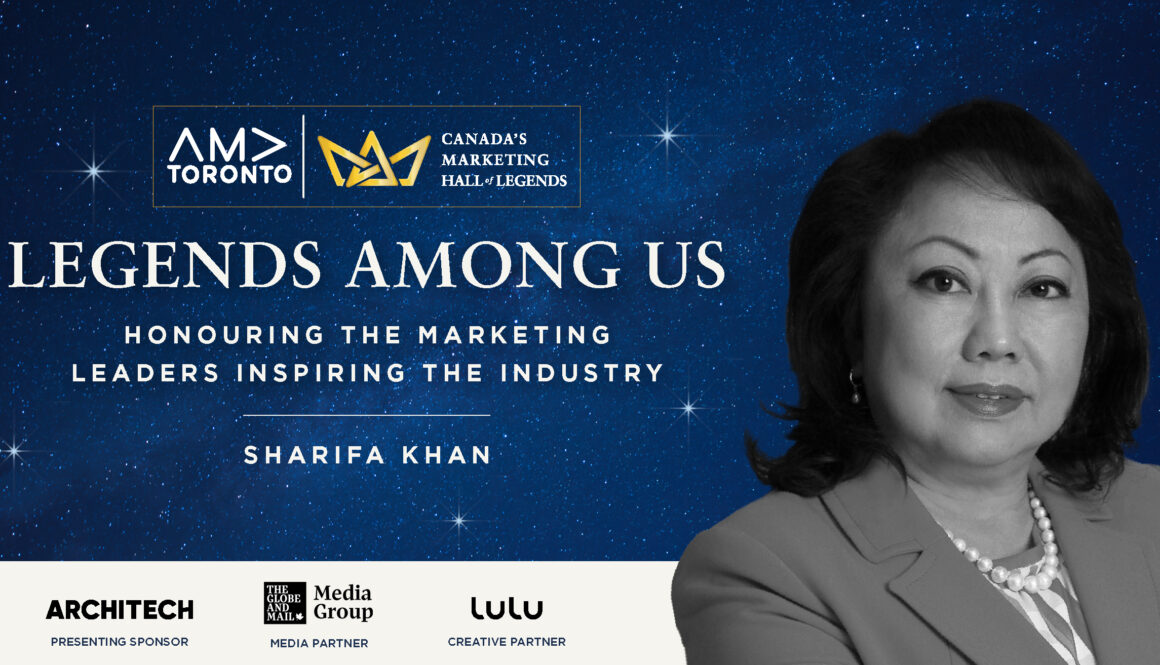It’s Time to Loosen Google’s Grip in SEM
Scott Cosgrove, media director at Peterborough-based agency Outpost379, puts forwards some solutions to solve issues with paid search results.
Let’s face it, our healthcare system is crumbling, while education and our public services are not far behind. Imagine if we could leverage our current online behaviour to offset the cost of the public services we are lacking.
It’s possible, walk with me…if you ran into an oil company boss and said you found a billion gallons of untapped oil in the middle of Manitoba on crown land, how much do you think they would pay? A rough estimate suggests one billion gallons delivers close to $24 million based on profits of $87.5 billion.
If you ran into an entrepreneurial computer scientist and said they could purchase access to 100 million thoughts a day, over 35 billion thoughts a year in Canada alone, how much do you think they would pay and how valuable would that data be for them?
We’ve reached a point where our Government needs to either start to monetize our data with big tech companies via fair but heavy taxation, or consumers will shift and do it themselves. Let’s be clear, Google should not be punished for building the best search platform. It deserves a fair and generous return on their investment.
The solutions I’d like to put forward would directly affect 80% of Google’s roughly $5 billion dollars in annual Canadian revenue which comes from Search Engine Marketing (SEM). (SEM refers to the ads one is served based on a Google search). To be clear, this doesn’t include the search results for organic non-sponsored ads known as Search Engine Optimization (SEO). My focus is on the paid search results (SEM), which are becoming harder and harder for consumers to distinguish from SEO.
Solution 1 = Turn off SEM
There are many benefits to turning off SEM for the Canadian advertising industry, including Google itself.
Firstly, SEO would be more important. Companies would need to invest in building better, more valuable websites that address consumer search needs. Additionally, they would be more motivated to work with Canadian media vendors and agencies to develop search specific content.
The agencies working on SEM would need to pivot to understand more about SEO. For example, if you’re Nissan and you want to feature in the results for “Best SUV”, you would likely want to work with Canadian media vendors and agencies to develop content about what makes Nissan the best SUV.

Secondly, brand advertising would be more important. Companies would need to invest in emotionally-led brand building advertising in order to drive the specific search behaviour they want. This would mean that more money would be invested with Canadian media vendors in addition to boosting creative quality as brands think beyond a headline and ad copy. Let’s go back to Nissan again. If you’re in their shoes, you would want to promote more people to search the Nissan Rogue not “best SUV.”
Thirdly, there would be no more “Google Tax.” Companies would no longer need to spend money to bring traffic to their website nor worry about competitors exploiting their search behaviour. For example, Nissan spends a lot of money in non-digital channels to drive awareness that leads to search. With no SEM, it wouldn’t have to worry about competitors being the first thing that people see, and this would save a lot of money on running branded search ads.
To use another example, try searching for a specific local pharmacy for the flu shot and the first thing that you come up with is a callout to a paid extension from Google, while the second result is the pharmacy’s own website. Then you click the callout extension, which might have cost the local pharmacy between $1-$5 on something already available through an organic link.
In the non-SEM world, users should have a choice in the algorithm they want to use to see results. For example, do they value design versus legacy and domain authority, or location? That way it’s not one algorithm deciding the fate of an entire business, but instead brands will need to pivot to meet the needs of their customers digitally. If someone searches “best pizza in town” one person might get a local shop while another might get Boston Pizza based on their preferences, and the way a brand’s website is optimized.
Finally, switching off SEM would be fair. Creating an equal playing field for all. We need to ask ourselves who is benefiting most from search ads? The answer is, simply, Google.
Solution 2 = Tax Google SEM at market share levels until a 60% market share is met
How would this work?
If Google maintains a 90%+ market share for a fiscal year in which it generated $4.2 billion in SEM revenue, it would be taxed at 90%. The resulting $3.8 billion could be used to generate 50,000+ jobs in the public sector. Keep in mind Google only employs 1,500 Canadians.

The rationale behind such steep taxation is that it would then be in Google’s best interest to give up an algorithm/IP to the competition, and even promote rivals by directing traffic to them in order to capture more revenue.
These arguments may seem drastic, and Google needs to generate revenue to deliver search to the masses. However, at the same time, we must do more to encourage the alternative services (DuckDuckGo and Bing for instance) that don’t have the big data benefits that are available to Google. An analogy that resonates with me–if Google was a coffee house it would have no incentive to make the best beverage in town because people are going to continue to visit regardless.
And the really big issue I have is Google’s isn’t paying for the equivalent of coffee beans in the shape of “our thoughts and data.” In my mind, that has to change. For the good of investment in our public services, and for the strength of Canada’s marketing industry. Fair is fair.
Outpost379 is a member of the Institute of Canadian Agencies. Report on Marketing is where leading Canadian agencies showcase their insights, cutting-edge research and client successes. The Report on Marketing provides a valuable source of thought leadership for Canadian marketers to draw inspiration from. Find more articles like this at the Report on Marketing.






















